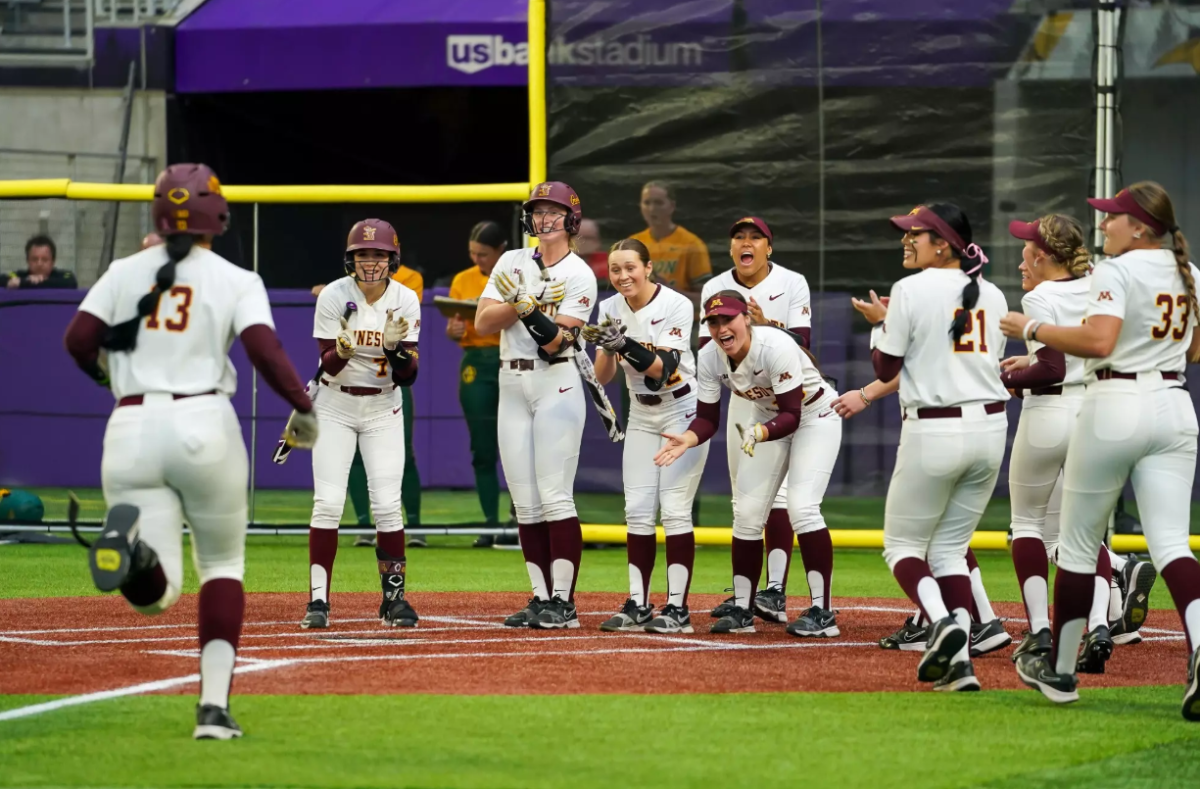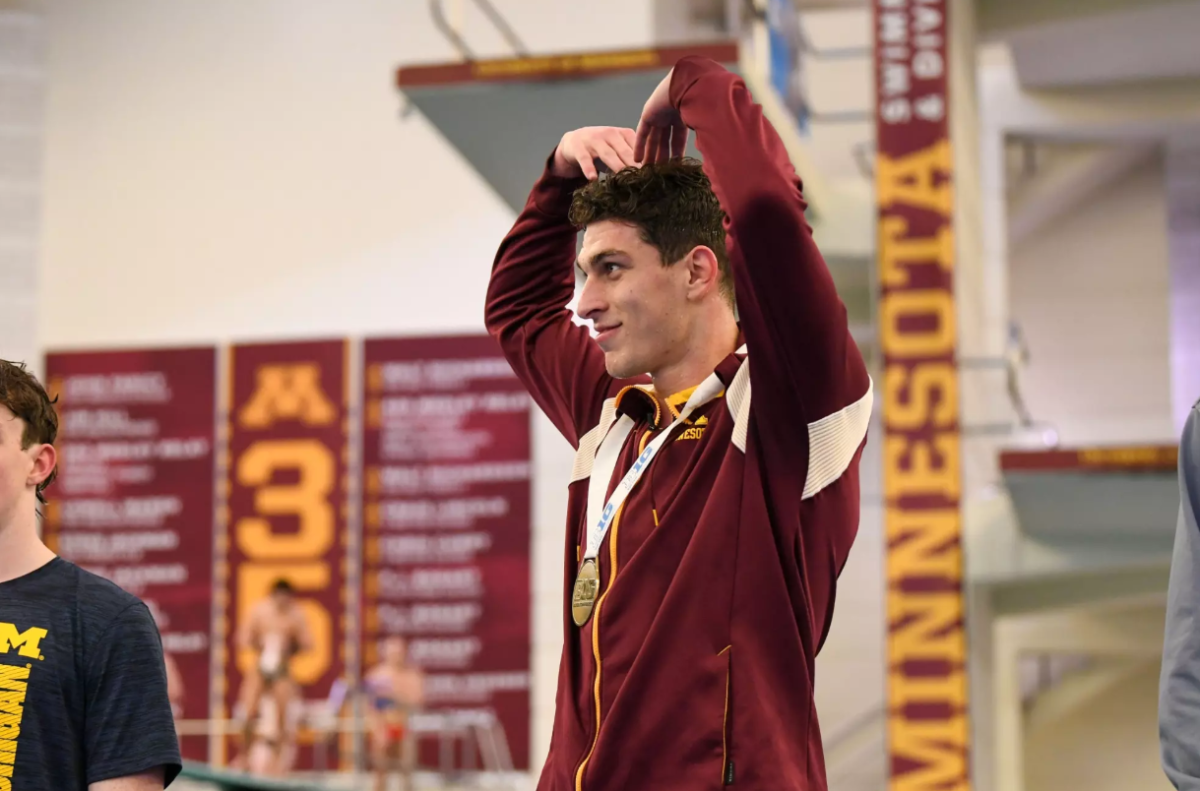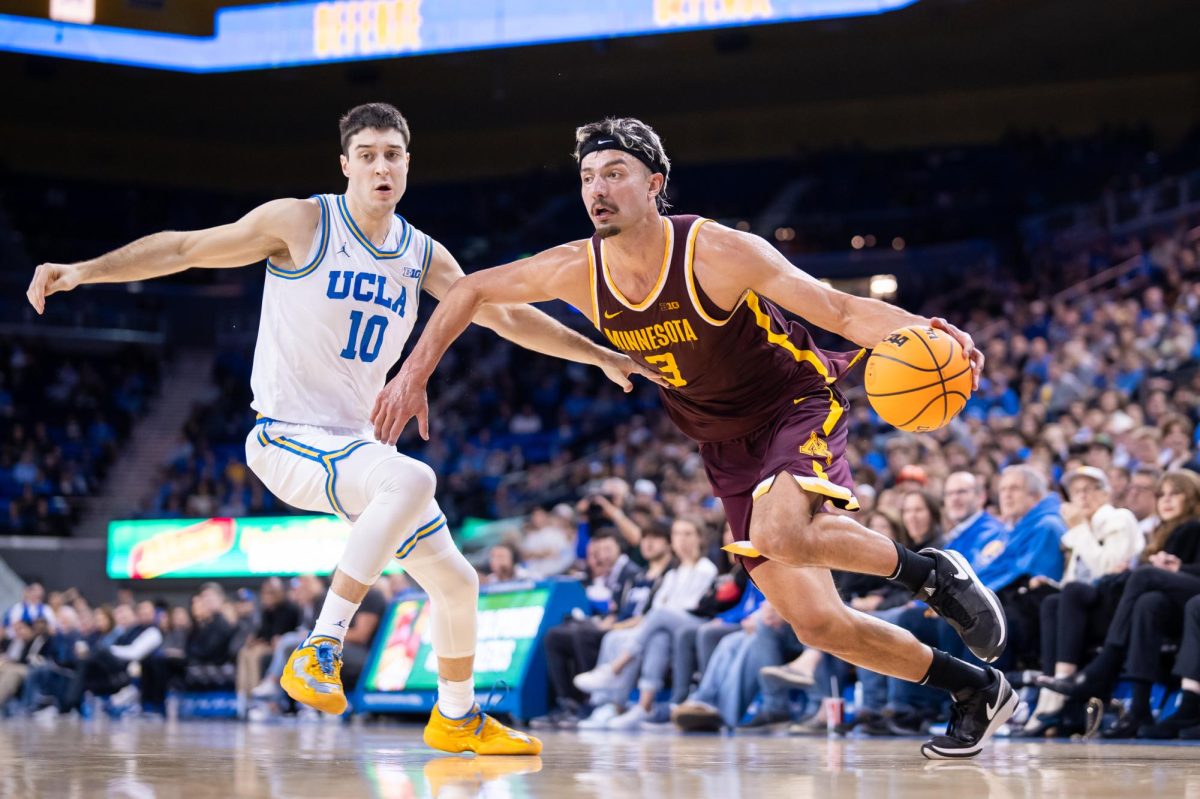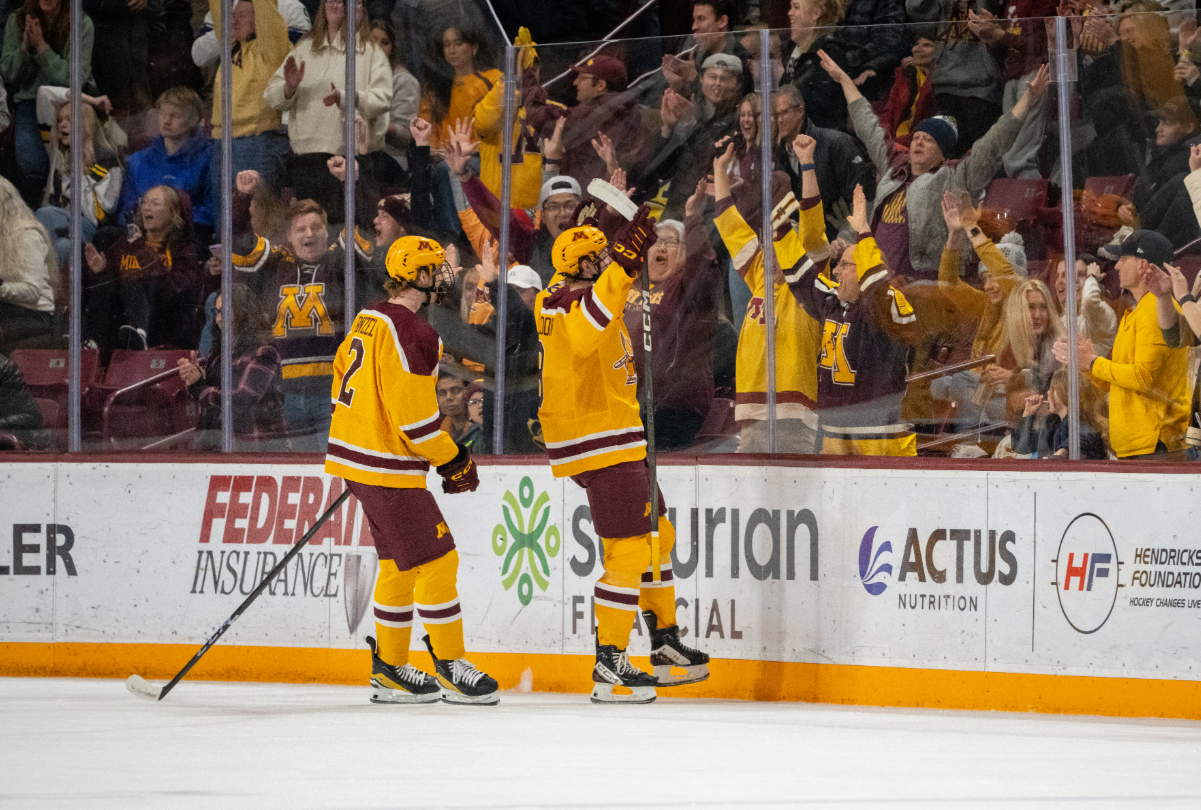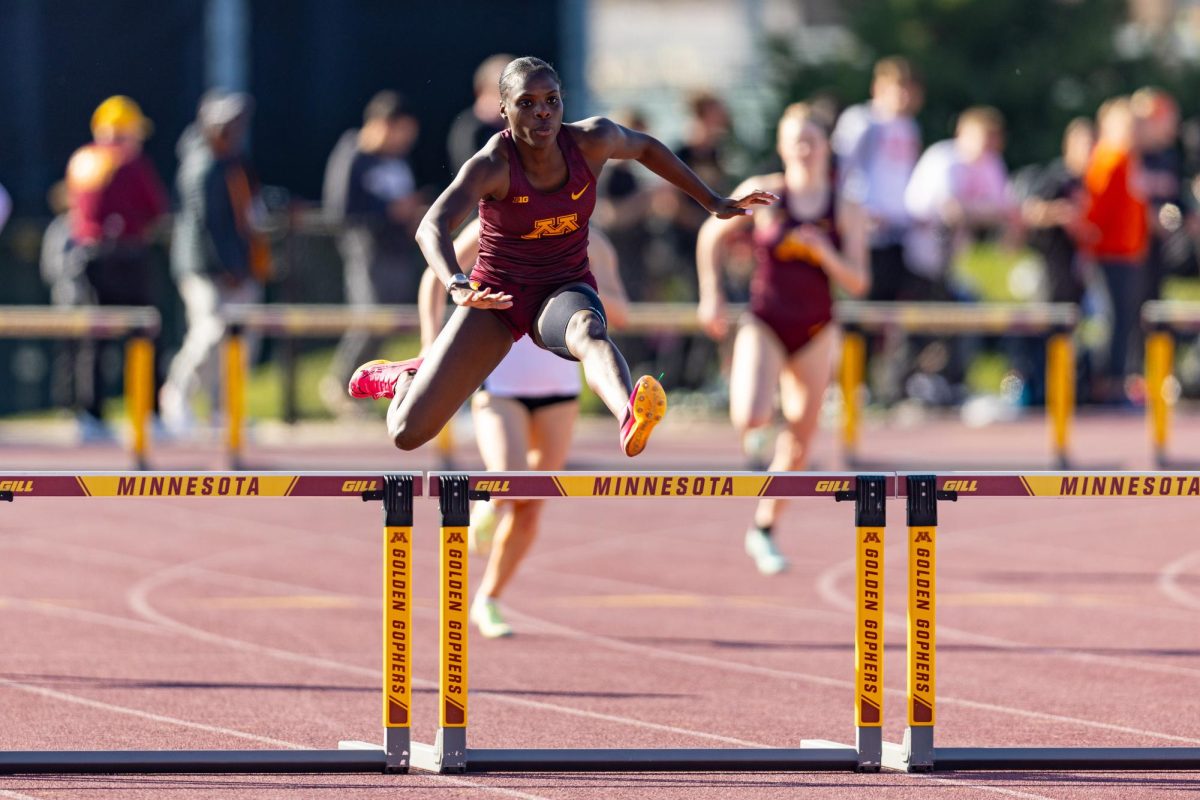Social media sites like Facebook and Twitter are mainstream ways for people to connect with each other, but University of Minnesota athletics coaches and recruiters also use these platforms to track down players from around the world.
More than half the athletes at the University are not from Minnesota, according to Gophersports.com, making recruiting each athlete in person difficult.
Junior thrower Quentin Mege said he was recruited primarily through the Internet on YouTube and Facebook. Mege said that because he was from Chelles, France, social media made communicating with recruiters a lot easier.
“They called me a couple of times, but with my accent and the difference in time zone, it was not the easiest,” Mege said. “We used YouTube to exchange videos of me throwing during my recruiting.”
Mege said that it’s common in France to use social media to help connect athletes with universities in the United States.
Many French athletes also use private firms to reach American universities, he said.
Women’s novice rowing coach, Andy Foltz said his program uses social media to initially find and contact large numbers of players. He estimated that the University was one the best in the Big Ten at using social media to recruit athletes.
But social media hasn’t replaced any of the old methods of recruiting, he said. Phone calls and in-home visits are still preferred.
“We still try to call one time per week and try to get home visits,” he said.
Foltz said he believes social media is good because it’s easy, but it can’t replace more personal ways of contact.
“I think it’s still impersonal, especially for parents,” Foltz said. “They need to get a feel for us and the program.”
The Gophers also use social media to promote their varsity sports and to show game previews, recaps and pictures.
The NCAA has long regulated the amount of contact coaches and recruiters are allowed to have with high school and international athletes, but it doesn’t include social media under the same policies as phone calls or personal visits.
Foltz said coaches use Facebook and Twitter to maintain contact with recruits after they have introduced themselves either through email or phone.
“It’s more of a follow-up,” he said.
The women’s rowing program tweets a lot of coverage and results because it doesn’t get a lot of exposure. “We aren’t on TV, so it’s a way to get in touch with fans and recruits,” Foltz said.
Mege said it would have been difficult to find a school without social media.
“It was already super hard, so without the Internet it wouldn’t have been possible.”



